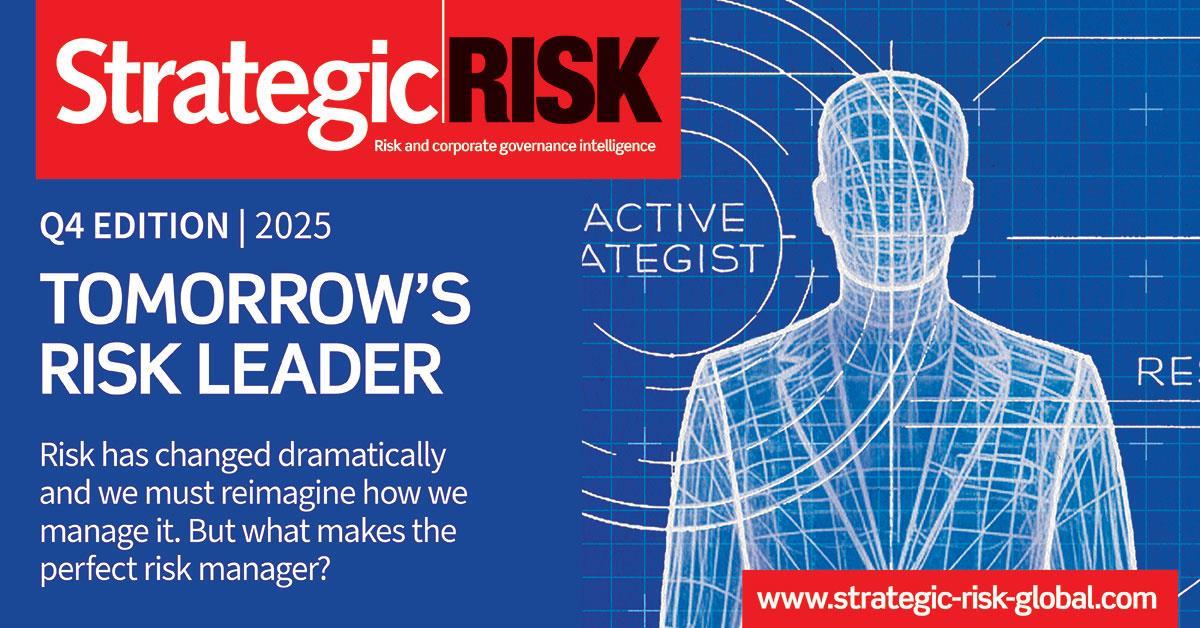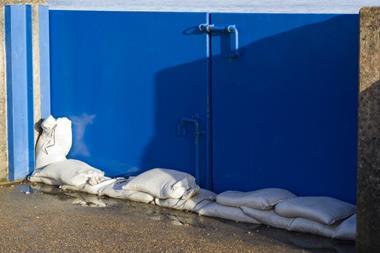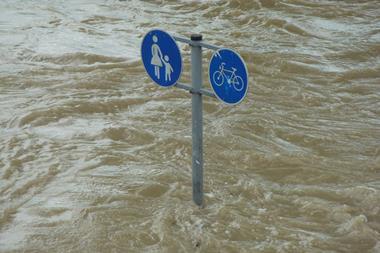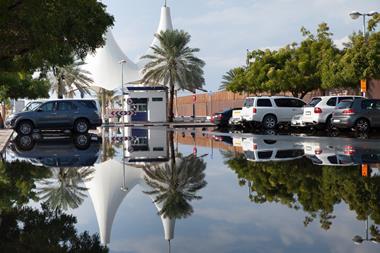At the launch of Previsico’s 2025 State of Flood Resilience report, panellists urged UK businesses to take immediate, practical steps to address growing climate risk, starting with the resources they already have.
Business leaders must focus on the tools and maintenance practices already at their disposal if they are to protect operations from the growing threat of climate-related events.
That was the core message from the launch of the 2025 State of Flood Resilience report by forecasting insurtech Previsico, which gathered insurers, company leaders and risk managers in London to examine how well businesses are responding to extreme weather events.

The report, based on insights from more than 100 senior leaders and risk professionals, reveals a stark disconnect between flood risk awareness and actual preparedness. It calls for immediate, coordinated action in the face of climate change, which is driving increasingly frequent and severe flooding across the UK.
The awareness–action gap
Jonathan Jackson, CEO of Previsico, warned that flood events are no longer a distant threat. “Flooding is no longer a distant possibility – it is a present and growing reality,” he told attendees. “This report shows that while awareness is rising, meaningful action is lagging behind.”
Despite 43% of businesses having already experienced flooding, just under 30% have a flood action plan. Only 8.16% of respondents said they felt extremely confident in their ability to manage a flood, and just 12% felt well prepared for extreme weather overall. Among the biggest concerns were business continuity (51%) and health and safety (26.5%).
Surface water flooding emerged as a critical exposure, with 87% citing it as a concern – yet 65% of businesses still lack early warning systems.
Jackson said a change in communication is also needed. The use of terms like “one in one hundred year events” creates false security for businesses that have already experienced a flood. He urged the industry to shift to a percentage-based risk framework, offering clearer insights into the likelihood of future events.
From science to survival
TV presenter and conservationist Chris Packham echoed the urgency of the situation, warning that climate breakdown is no longer abstract – but a visible, accelerating emergency.
“When I read the science around climate breakdown it is terrifying,” he said. “We need to go beyond sustainability and into adaptation.” Packham criticised political leaders for inaction and urged a shift in mindset. “Too many people are looking for an excuse to not do it on their watch.”
He called for immediate solutions and responsible resource use. “If we are going to transition, we need to ensure what we use is properly managed. Our species is good at solving problems once we trip over.”
Buildings, maintenance and ‘doing your day job’
Karl Limbert, Strategy Director for UK & Ireland at Equans, said the climate crisis is already here – and that even conservative scenarios predict significant building failure due to increased heat and rainfall.
He pointed to last year’s rainfall in London, which shut down two hospitals and disrupted the entire road network, as evidence that infrastructure is increasingly unfit for purpose. “With the increased heat and rising rainfall they are simply not able to cope with the risks,” he said. “Even in the best case scenarios… we will suffer significant building failure.”
Limbert warned against dismissing extreme weather as a one-off. “We are all too willing to write it off as a bad day rather than something that, as a business, you may well end up in court over.”
He called for a renewed focus on core maintenance practices. “You do not need innovation and technology to solve some of the risks you face – you simply need to do your day job.”
Clearing gutters and drains regularly, he said, could drastically reduce losses. “For £10,000 you can ensure that your gutters and drains are regularly cleaned and cleared. By doing so you can reduce a problem that will cost millions a year simply by ensuring gutters are clean.”
Using tools already available
Limbert also highlighted the importance of risk modelling tools and scenario analysis. “You have models which allow you to go through various scenarios with amazing granularity,” he said. “We can do something, and most of it is mundane and simple.”
The key, he suggested, is using available data to inform practical, proactive measures. “Businesses should arm themselves with the correct data and it has never been as easy to do so.”
He concluded by warning against an overly narrow interpretation of adaptation. “Investors are starting to talk enthusiastically about adaptation. However, the worry is that they only want to adapt to a world which has been predetermined. Mitigation and adaptation are two sides of the same coin.”











No comments yet